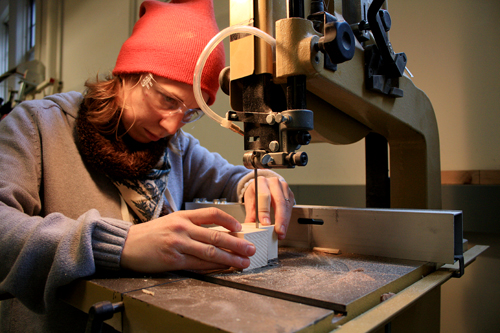Do you want sun or snow?
Finals week is coming. Have you thought about what to do over winter break?
Many students will go visit their families for the holidays, while others might take advantage of the three weeks off and do some recreation.
What the heck is there to do in Oregon during the coldest, wettest and darkest time of the year? One answer to be found: Mountains. The second: Go where it’s warm and dry.
Now, it’s a pretty good assumption most students know what the name of the big white mountain to the east of Portland is: Mt. Hood.
This gigantic volcano (don’t worry, geologists say it is not active) is shaped by the power of glaciers that feed on a steady annual diet of more than 200 inches of snow. This snow makes for some of the best skiing and snowboarding in all of the Pacific Northwest. Mt. Hood on a snowy winter day can take a little over two hours to get to – an hour and a half if conditions are good. This means you, the student, can leave your home at 5 a.m. and snowboard all day and be home by 7 p.m. Not a bad day.
There are several ski and snowboard areas in the vicinity of Mt. Hood, including the world-famous Timberline Lodge and Mt. Hood Meadows, to name a few.
For the adventurous traveler, the most popular ski resort in all of Oregon is Mt. Bachelor, located a little less than an hour west of Bend, just over two and half hours from Portland.
Both these resorts cater to mostly Oregonians, though Mt. Bachelor is twice as busy as Mt. Hood.
You can also rent all the gear each time you go, which will cut down on the initial cost of the trip and will be a nice barometer to see if in fact you like being on the snow.
The second expense is unavoidable, lift tickets. This is a fee you pay to be taken up the mountain – or you could walk for free, but that might suck! Lift tickets can be purchased just like tickets to a fair, hourly, daily, weekend, weekly, monthly, yearly. And obviously the more expensive the lift ticket, the more value one gets for it.
A flex pass for Timberline lodge is $169 and is good for 10 lift tickets, or 10 days. A daily pass is going for $32 a day and might go up a little bit when the season goes into full swing. Go to www.timberlinelodge.com for details, or any travel Web site if you plan to stay for a few days.
What about the warm places?
Well there’s not much that is warm per se, but there are plenty of cool places that are warmer and drier than Oregon in the winter. They fall into two general categories, national parks and cities.
The National Park Service has 55 national parks, and several are in deserts. Now deserts are not the best places to visit in the summer, and sometimes the early fall and late spring can be pretty horrific as well, but the winter is the best time to visit them. The national parks that are best to visit this time of year include Death Valley, Joshua Tree, Saguaro, Petrified Forest and all of the parks in the Colorado Plateau.
Most national parks at this time of year are free to enter or their fees are nominal due to this being the off-season. Death Valley National Park is perhaps the most beautiful desert in the world.
If you want to go somewhere that is completely different from Oregon’s winter, then Death Valley is the place to be: It is the hottest, driest and lowest point in North America! The colors of the rocks and plants at this time of year are unmatched anywhere in the United States.
Joshua Tree and Saguaro National Park are in Southern California and Southern Arizona, respectively. They are home to some of the best rock climbing in the United States, as well as some of the prettiest desert in the West. Camping is a must at these parks because it is so nice – a little cold in the morning, but nice and sunny all day!
The Colorado Plateau Parks include Grand Canyon, Bryce, Zion and many others. They are a little cold in the winter, but it is a dry, sunny cold because these parks are all very arid. They are all near each other and can easily be seen in a week long trip from Oregon.
How much do these warm places cost? Not much. These places are for tight-budgeted students, where the only expenses are gas, food and perhaps a hostel or hotel for a night. But don’t worry, all hotels at this time of year offer winter rates, and a little effort on the Web will produce very affordable rates. Unlike skiing and snowboarding, there is no expense once you get to where you are going, you just hike around, climb rocks, and enjoy the warmth and sunshine.
For information on these national parks, go to www.nps.gov. Enjoy all of nature in the winter, be it on the slopes or in the deserts. Relax and prepare your mind for the next quarter, it will be here before you know it.




